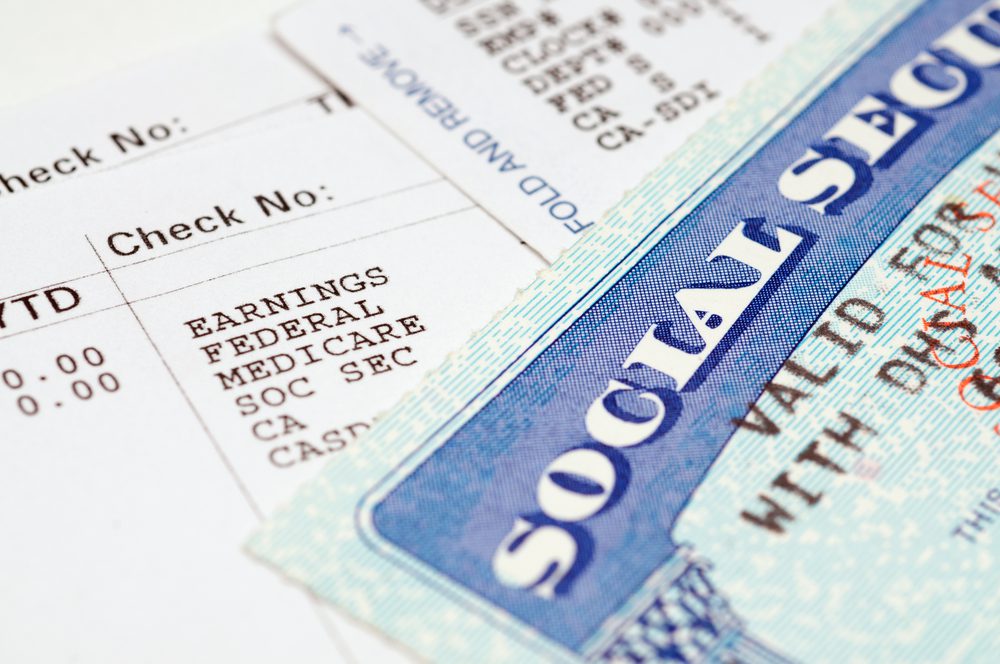
In Summary
To summarize: The American Worker Rebate Act is a bold idea proposing to turn tariff-collected revenue into direct rebate checks for millions of Americans. On its face, it offers a minimum of $600 per eligible adult or child (so potentially $2,400 for a family of four) and uses an income-phase-out to direct benefits toward lower and middle-income households. The funding mechanism — tariff revenue instead of borrowing — is novel in the post-pandemic stimulus era.
However, the proposal is still a bill, not a law. It faces significant political and economic hurdles. The federal deficit remains large, tariffs impose real costs on consumers, and many lawmakers (especially within the same party) prefer to see the revenue used for debt reduction rather than new spending. While the idea could gain traction — especially if tariff revenues continue to climb — for now it remains speculative.
If you’re someone in the U.S. evaluating whether you might benefit, the practical takeaways are: keep track of your income level relative to the thresholds; monitor your eligibility (i.e., make sure you file the relevant tax return and include all required IDs); and stay alert to whether the bill passes and how the IRS implements the payments. If the checks do go out, we could see payments beginning in late 2025 or more likely in 2026 — but much depends on legislative action.










yes, end me 600 dollar check from trearifs you collerted 11 trion dollars in 6 mouths send it 3-5 days will be waiting !